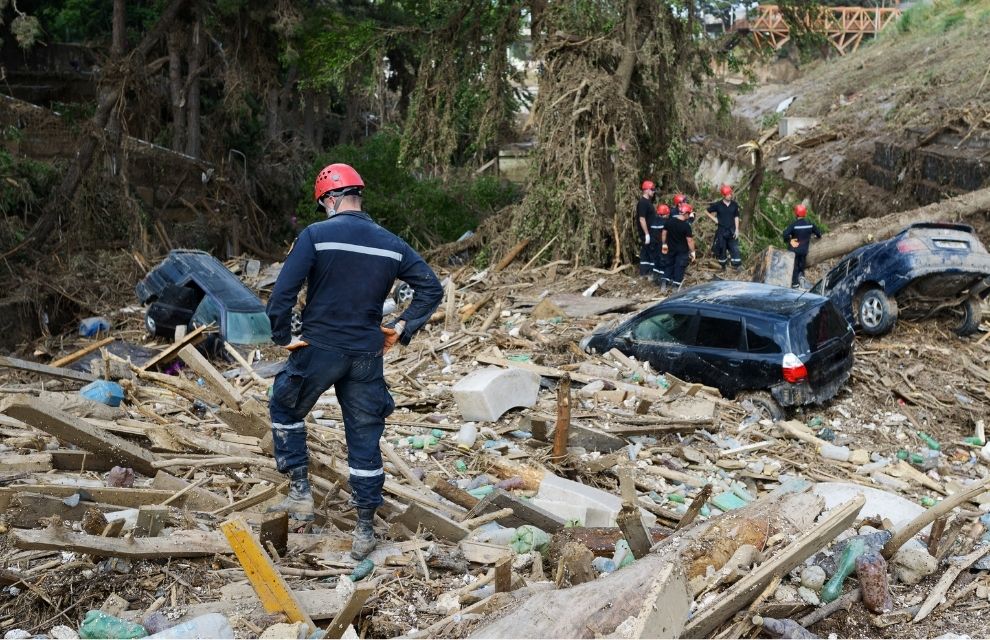The total economic losses from natural disasters in the first half of 2021 are estimated to be around $93 billion, marking a 32 per cent decrease from the 10-year average of $136 billion, according to a new report by Aon.
This also indicated a 16 percent decrease from the 21st-century average of $110 billion.
Conversely, insured losses from natural disasters were estimated at around $42 billion, which indicated a 2 per cent increase from the 10-year average, as well as a 39 per cent increase from the 21st-century average of $30 billion.
In geographical terms, insured losses were above average in the US (which accounted for 72% of global insured losses), Europe, the Middle East and Africa for H1 2021, while lower in Asia Pacific and the Americas in particular.
However, the report, entitled ‘Global catastrophe recap: first half of 2021’ and published by Aon’s catastrophe model development team Impact Forecasting, noted that these figures are preliminary and are subject to change as losses continue to develop.
The report evaluated 163 notable natural disasters, considerably lower than the 21st-century average of 191 disasters within a six month period.
At least 22 of the recorded events incurred individual billion-dollar losses, 10 of which occurred in the US.
The singular event generating the highest economic losses was the January extended freeze in the US produced by the Polar Vortex, which was responsible for 217 fatalities and at least $15 billion in insured losses.
Steve Bowen, managing director and head of catastrophe insight on the Impact Forecasting team at Aon, summarises: “The first half of 2021 became the costliest first six months of the year in terms of natural disasters for the insurance industry since 2011, despite recording a below-average number of events.”
“As climate change continues to amplify the severity of weather events, it becomes more imperative to explore ways to better manage the physical and non-physical risks that are more urgently requiring actionable solutions,” Bowen concludes.






